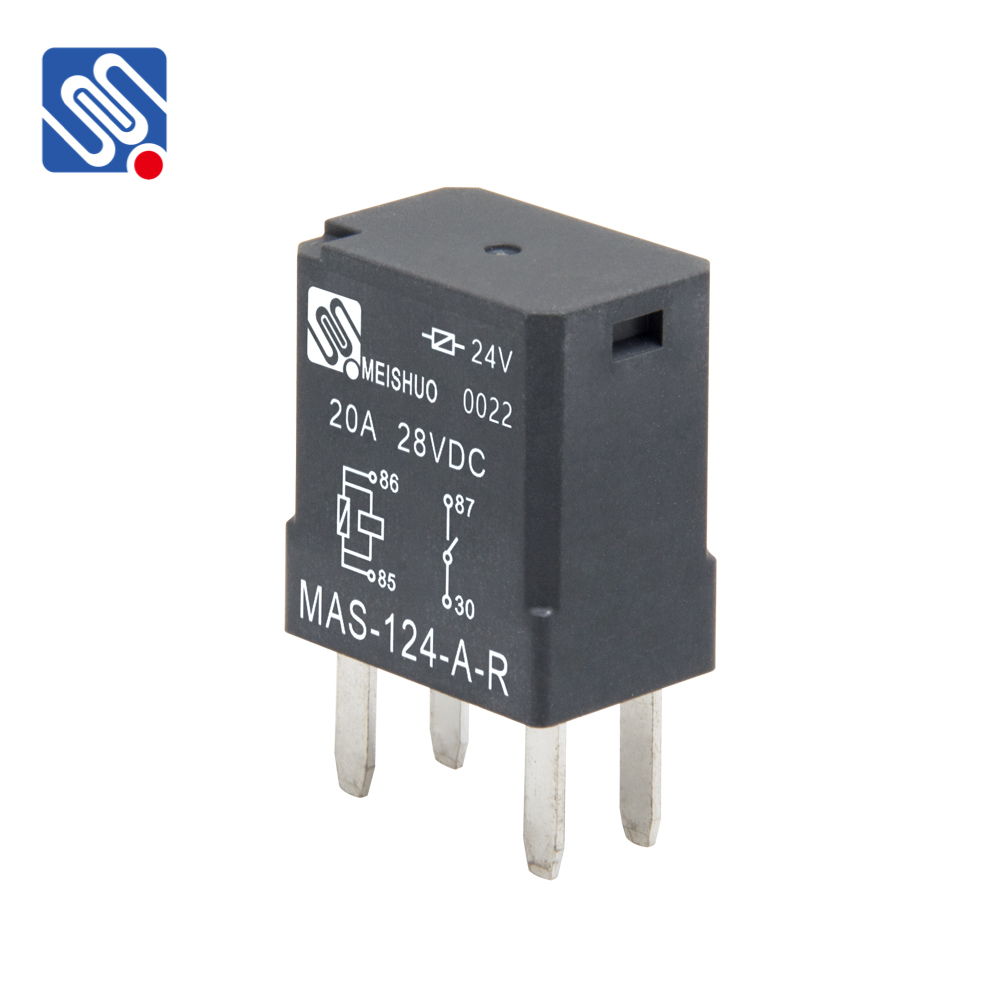Relays are essential components in modern electrical systems, especially when controlling high-power devices. Among the various types of relays, the 24V 30A relay is particularly prominent due to its versatility and reliability in handling substantial electrical loads. Whether in automotive applications, industrial equipment, or home appliances, understanding the functionality and applications of this relay type can help engineers and technicians make informed decisions about their projects. This article explores the features, working principles, and applications of the 24V 30A relay, shedding light on why it’s a preferred choice for many high-power switching tasks.

What is a 24V 30A Relay? A 24V 30A relay is an electromechanical device that allows low-power electrical circuits to control high-power circuits. The “24V” part of the name refers to the operating voltage, meaning the relay operates with a 24-volt DC (direct current) input, while the “30A” indicates that the relay can handle a maximum load of 30 amps of current. These relays are used in a variety of applications that require switching high-current devices without directly wiring high-power systems to the control circuit. Components and Working Principle A typical 24V 30A relay consists of several key components: